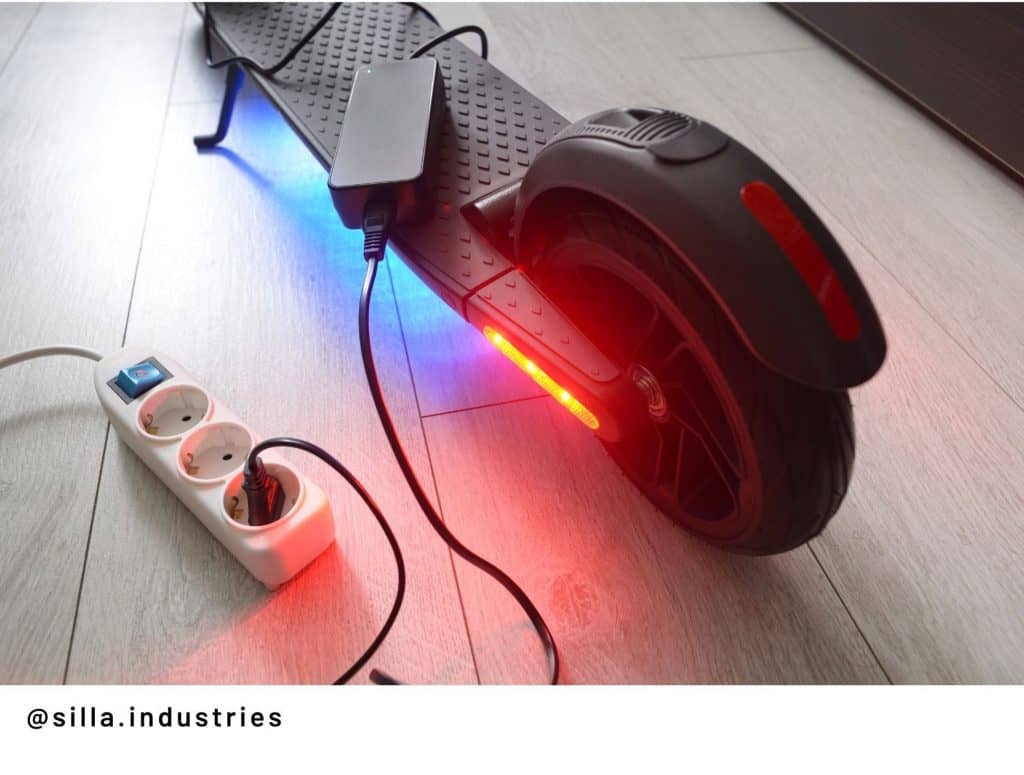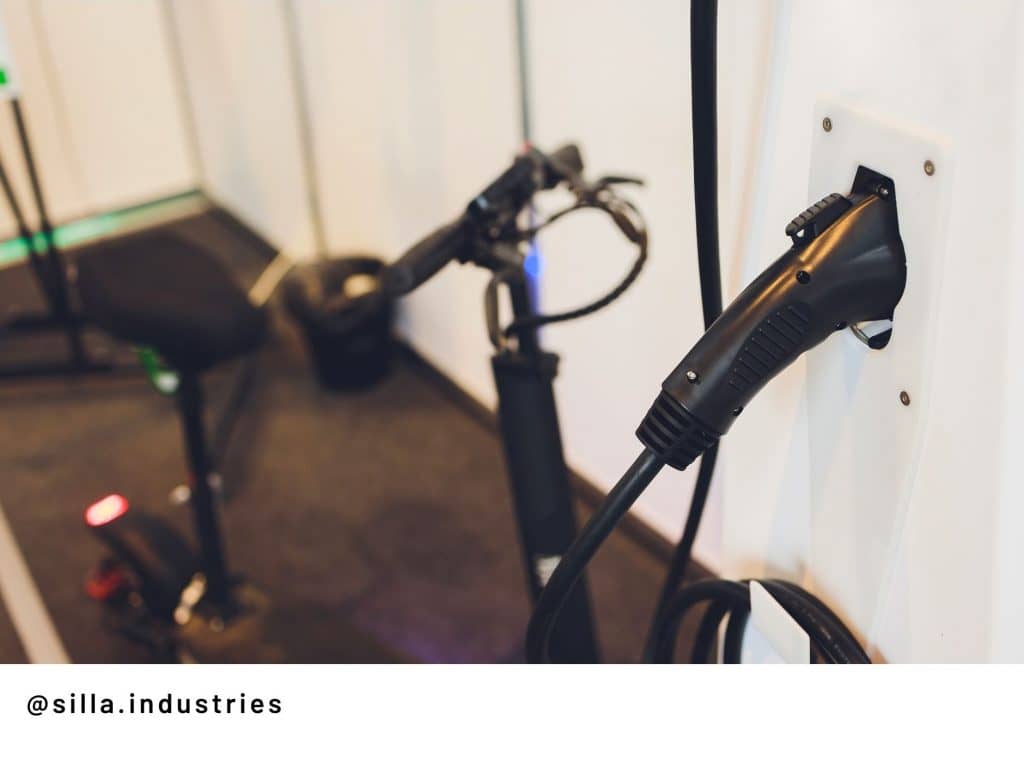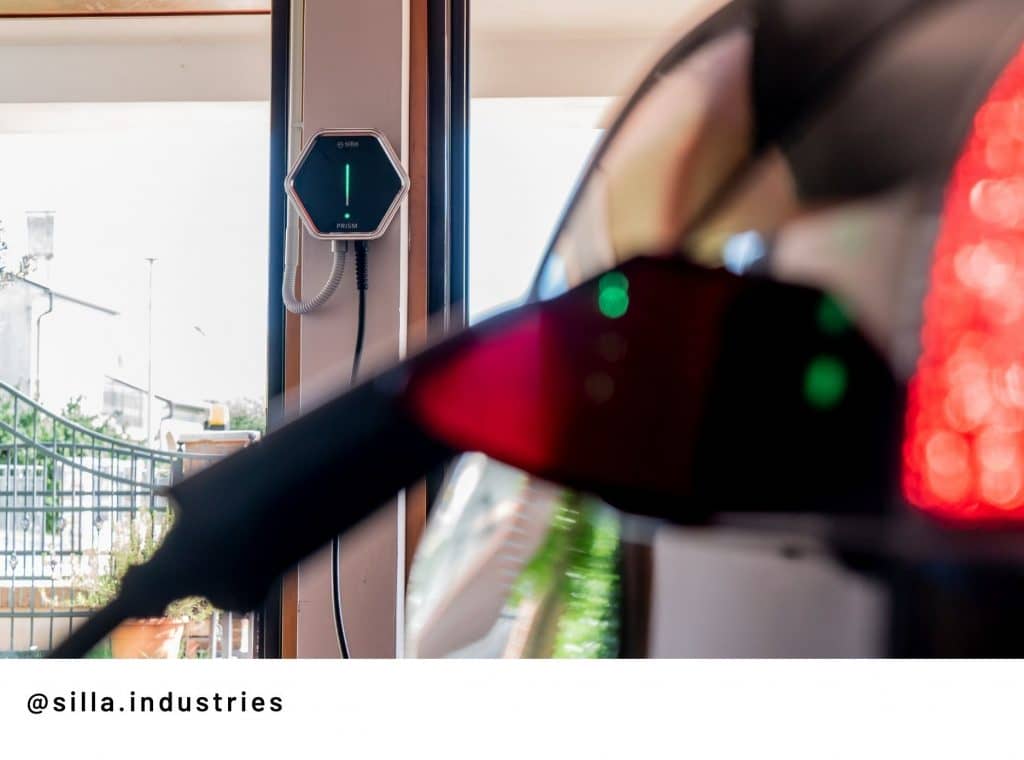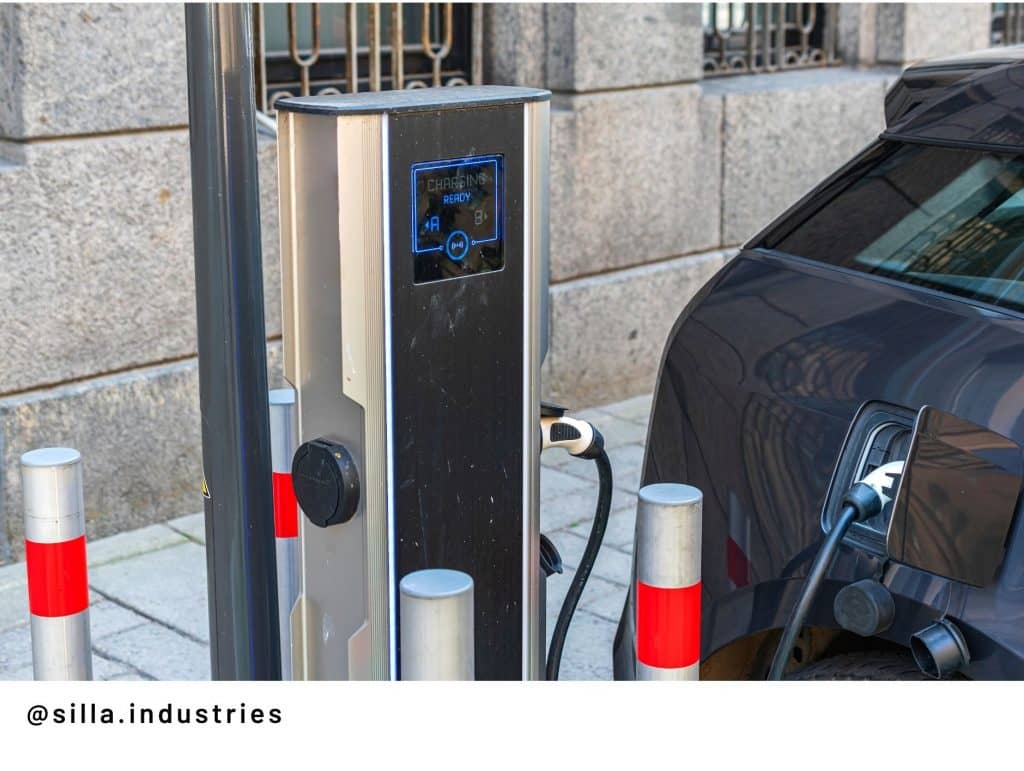Let’s start with the fact that electric vehicles are those in which traction is provided by electric motor(s) powered by a battery pack. An internal combustion engine is not present, only when hybrid cars are involved.
Examples of such vehicles are: electric bicycles, electric scooters or motorcycles, electric cars, etc.
In this article we go into the four different electric vehicle charging modes.
Charging mode 1
Slow charging (6-8 h) This type of charging is done in alternating current (AC), up to 16 A. Allowed only in private domestic environment. A simple household outlet or industrial outlet up to 32 A can be used, and there is no protection and no communication with the vehicle.
This mode is the usual one for light vehicles, such as electric motorcycles.

Charging mode 2
Slow charging (6-8 h) at 16 A, (alternating current) allowed in domestic and public environments. Sockets that can be used are domestic or industrial ones up to 32 A. There is a device called Control Box (PWM Safety System) on the vehicle power cord that ensures safe operations during charging.
This protection device called the “Incable Control Box” (ICCB) has the function of regulating power and monitoring safety parameters (such as integrating differential protection).
This type is applicable only in domestic and industrial settings, not for open third-party or public charging.

Charging mode 3
Slow charging (6-8 h) at 16 A or medium fast charging (30 min – 1 h) at 63 A, 400V (PWM safety system mode), allowed in domestic and public environment. Recharging must be done through an appropriate power supply system equipped with specific connectors.
It occurs when the electric vehicle is connected to a stationary charging station (EVSE) that provides: communicating with the vehicle via a PWM protocol, managing enablement and appropriate safety locks.
With this charging mode, through Type 2 connectors and sockets, the vehicle can be charged in three-phase current up to 63 A (about 44kW) in both private and public settings, like what any of our Prisms do.

Charging mode 4
Ultra-fast charging (5-10 min) in direct current up to 200 A, 400 V, allowed only in public environment. Vehicles can be recharged in a few minutes with this system; the charger is external to the vehicle. The association promoting Mode 4 originated in Japan and is called CHAdeMO (by the way in this article you can find more information about charging connectors).
Charging mode 4 is possible when charging is done through a fixed direct current (DC) station that is equipped with the control and protection functions.
It can be equipped with a Type 2 plug, for currents up to 80A or a Combo type, for currents up to 200A for power up to 170 kW.

The spread of DC charging stations on our highways, which, thanks to a charging capacity of up to 50 kW, allow an electric car to be recharged in 20 to 30 minutes, unlike AC charging stations that take, at best, about 1 hour to fully recharge a battery, will enable the use of electric cars even over long distances.

